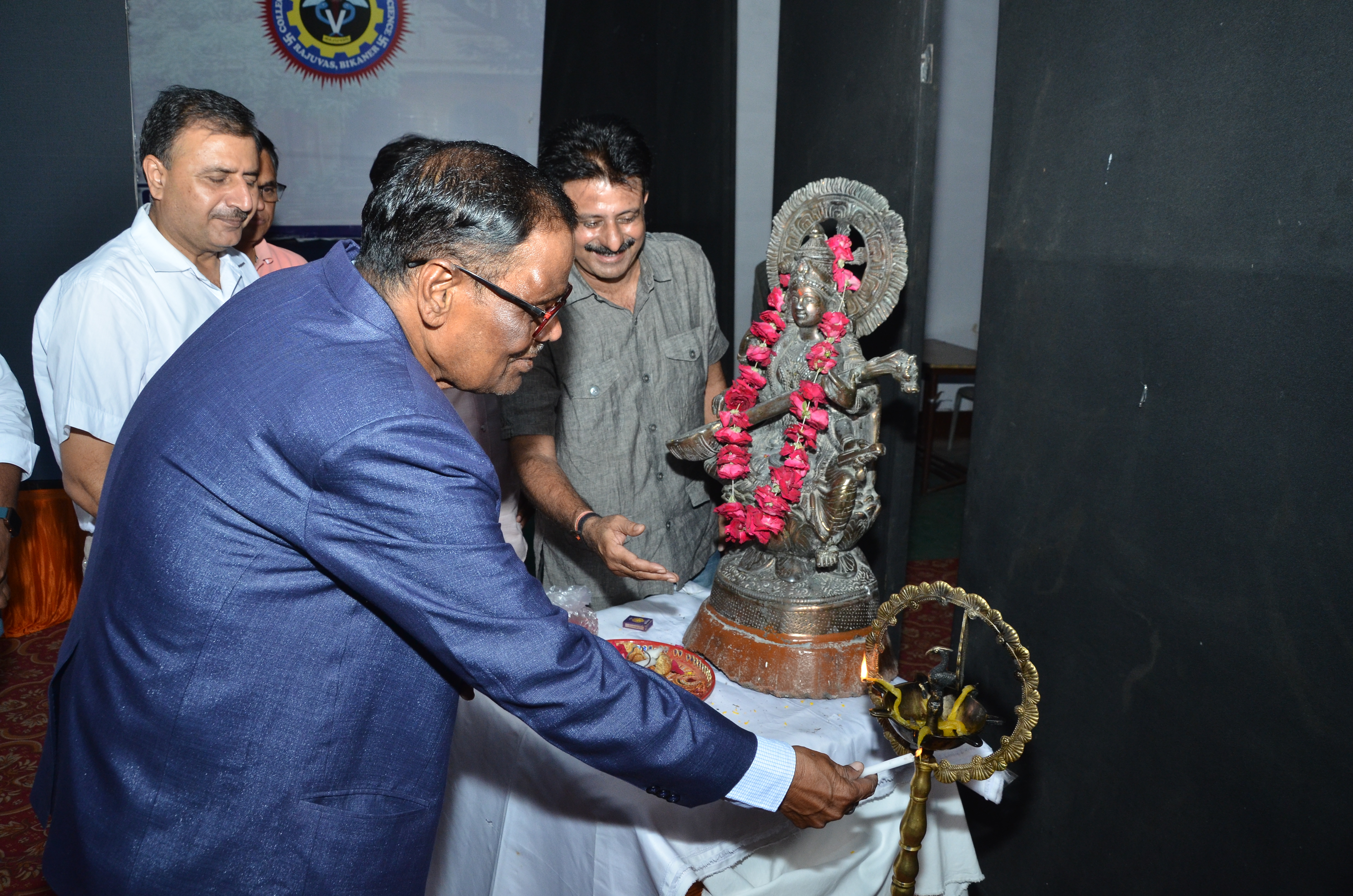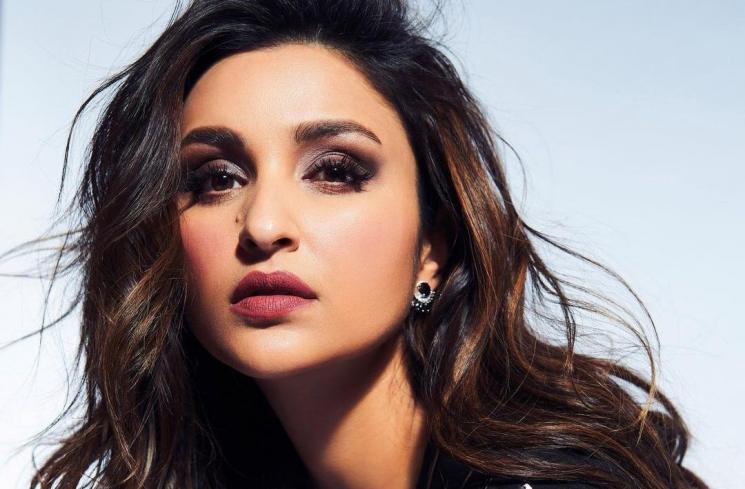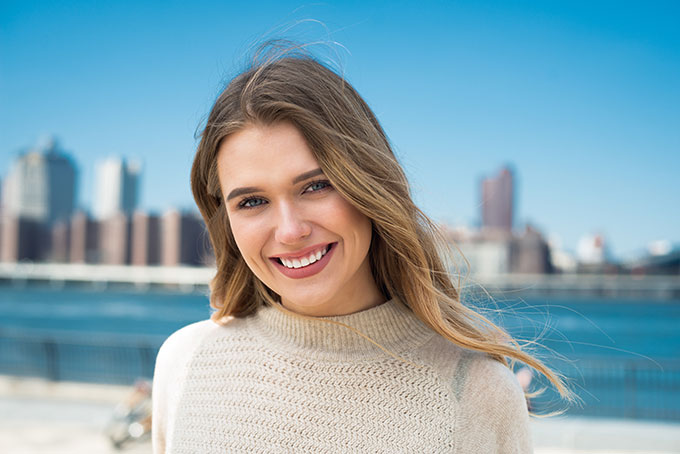Bharat Ratna 2024 : - राष्ट्रपति भवन में सरकार द्वारा चयनित हस्तियों को देश का सर्वोच्च सम्मान भारत रत्न प्रदान किया गया। #भारतरत्न! #BharatRatna2024 #BharatRatna #KFY #KHABARFORYOU #KFYNEWS #KFYSOCIAL
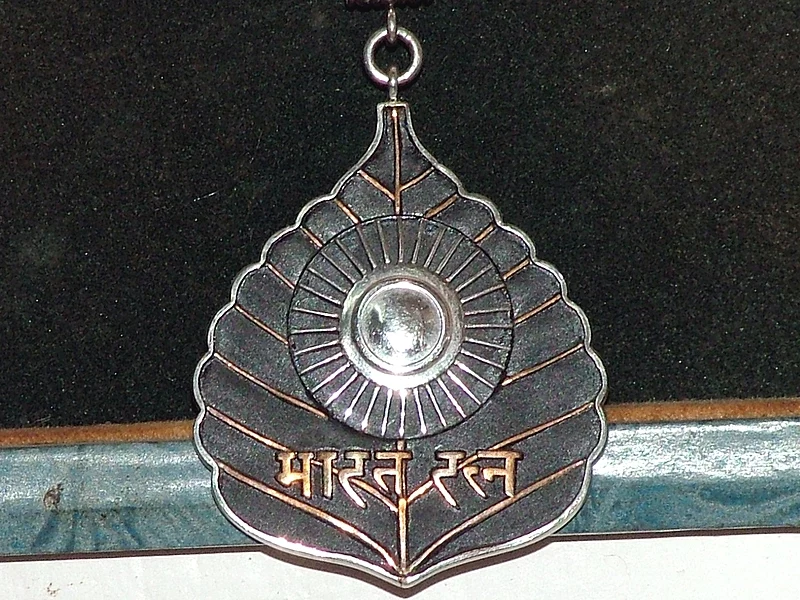
- DEEPIKA RANGA
- 30 Mar, 2024
- 20362
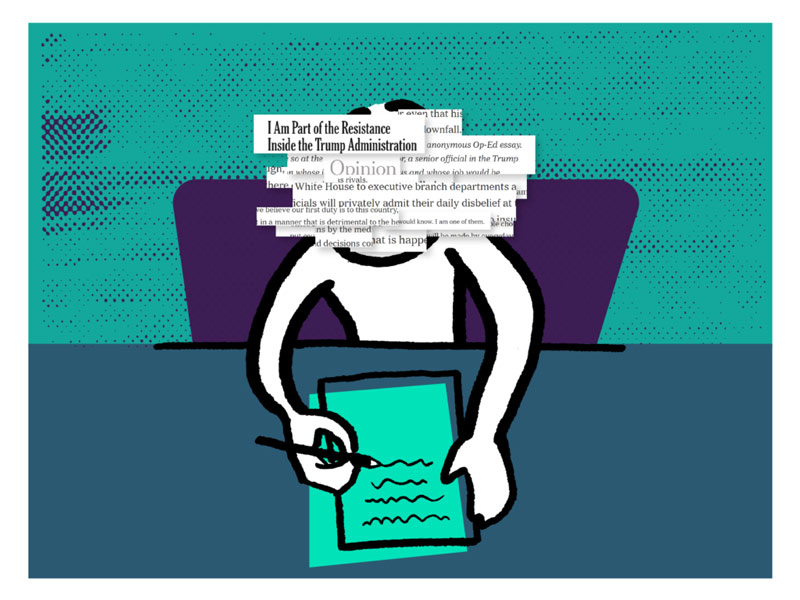
Email:-DEEPDEV1329@GMAIL.COM
Instagram:-KHABAR_FOR_YOU


Bharat Ratna 2024
Description - राष्ट्रपति भवन में पूर्व प्रधानमंत्री चौधरी चरण सिंह, नरसिम्हा राव, कृषि वैज्ञानिक डॉ एमएस स्वामीनाथन और बिहार के पूर्व मुख्यमंत्री कर्पूरी ठाकुर को भारत रत्न से सम्मानित किया गया. इन सबको मरणोपरांत ये सम्मान दिया गया. सूत्रों के मुताबिक, खराब स्वास्थ्य की वजह से लाल कृष्ण आडवाणी को उनके घर जाकर सम्मान दिया जा सकता है. नई दिल्ली - राष्ट्रपति भवन में सरकार द्वारा चयनित हस्तियों को देश का सर्वोच्च सम्मान भारत रत्न प्रदान किया गया। राष्ट्रपति द्रौपदी मुर्मू ने 5 शख्सियतों को देश के सर्वोच्च नागरिक सम्मान से सम्मानित किया। इनमें भाजपा के वरिष्ठ नेता लालकृष्ण आडवाणी, पूर्व प्रधानमंत्री चौधरी चरण सिंह, पी.वी. नरसिम्हा राव, कृषि वैज्ञानिक डॉ एमएस स्वामीनाथन, और बिहार के पूर्व मुख्यमंत्री कर्पूरी ठाकुर शामिल हैं। आडवाणी को छोड़कर सभी 4 शख्सियतों को मरणोपरांत भारत रत्न दिया जा रहा है। इनके परिजन ने राष्ट्रपति से सम्मान ग्रहण किया
#KFY #KFYNEWS #KHABARFORYOU #NATIONALNEWS
|
List
of recipients of Bharat Ratna |
||||
|
Year |
Name |
State / Country |
Life
span |
Notes |
|
1954 |
C. Rajagopalachari |
Tamil Nadu |
1878-1972 |
Rajagopalachari was an independence activist, who served as the
last Governor-General
of India from
1948 to 50).[77] Earlier,
he served as the first governor of West Bengal in 1947-48.[78] He
was the home minister in the first Nehru cabinet succeeding Sardar Vallabhai Patel in 1950.[79] He
served as the chief minister of Madras Presidency from
1937–39 and later as the chief minister of Tamil Nadu between
1952 and 1954.[80] He
founded the Swatantra Party in 1959.[81] |
|
1888-1975 |
Radhakrishnan served as the
first Vice-President of India from
1952 to 1962 and as the second President of India from 1962 to
1967).[82][83] Since
1962, his birthday of 5 September is observed annually as Teachers' Day in
India.[84] |
|||
|
1888-1970 |
Raman was a physicist known
for his work in the field of light
scattering.[85] He
is known for the discovery of Raman
scattering and Raman spectroscopy and was presented
the Nobel Prize in Physics in
1930.[86] |
|||
|
1955 |
1869-1958 |
Bhagwan Das was an
independence activist, theosophist and educationist. He
co-founded Kashi Vidyapith and worked
with Madan Mohan Malaviya to establish
the Banaras Hindu University.[87][88] |
||
|
1861-1962 |
Visvesvaraya was a civil engineer and
statesman. He served as the 19th Diwan of
Mysore from 1912 to 1918.[89] His
birthday, 15 September, is observed annually as Engineer's Day in
India.[90] |
|||
|
1889-1964 |
Nehru was an independence
activist and politician, who was the first and the longest-serving Prime Minister of India from 1947
to 1964.[57][91] |
|||
|
1957 |
1887-1961 |
Pant was an independence
activist and politician, who served as the premier of United Provinces (1937–39, 1946–50)
and as the first chief minister of Uttar Pradesh from
1950 to 1954.[92] He
served as Union Home Minister from
1955 to 1961.[93] |
||
|
1958 |
1858-1962 |
Karve was a social reformer
and educator, known for his work on education for women and remarriage of
Hindu widows. He established the Widow Marriage Association (1883), Hindu
Widows Home (1896), and started Shreemati Nathibai Damodar Thackersey Women's
University in 1916.[94] |
||
|
1961 |
1882-1962 |
Roy was a physician, politician and educationist.
He served as the second Chief Minister of West Bengal from
1948 to 1962 and is known as the "Maker of Modern West Bengal".[95] His
birthday on 1 July is observed annually as the National Doctors' Day in India.[60] |
||
|
1882-1962 |
Tandon was an independence
activist and politician, who served as the speaker of the Uttar Pradesh Legislative Assembly from
1937 to 1950.[96] He
was actively involved in a campaign to get official language status to Hindi.[97] |
|||
|
1962 |
1884-1963 |
Prasad was an independence
activist, lawyer and
statesman, who was associated with Mahatma Gandhi in
the Champaran Satyagraha in Bihar and non-cooperation movement.[98][99] Became
the president of Constituent Assembly of India .He
was later elected as the first President of India (1950–62).[82] |
||
|
1963 |
1897-1969 |
Husain was an independence
activist and philosopher, who served as the Vice Chancellor of Aligarh Muslim University (1948–56)
and the Governor of Bihar (1957–62).[100] Later,
he was elected as second vice-president of India (1962–67) and went on to
become the third President of India (1967–69).[82][83] |
||
|
1880-1972 |
Kane was an indologist
and Sanskrit scholar,
known for his five volume literary work, History of Dharmaśāstra: Ancient and Medieval
Religious and Civil Law in India.[101][102] |
|||
|
1966 |
1904-1966 |
Shastri was an independence
activist, known for his slogan "Jai Jawan Jai Kisan" ("Hail to the
Soldier, hail to the Farmer").[103] He
served as second Prime Minister of India (1964–66) and led the country during
the Indo-Pakistani War of 1965.[57][104] |
||
|
1971 |
1917-1984 |
Indira Gandhi was the Prime
Minister of India during 1966–77 and 1980–84.[57] She
is known as the "Iron Lady of India", as she led India during
the Indo-Pakistani War of 1971 and the
concurrent Bangladesh Liberation War which led
to the formation of Bangladesh.[105][106] |
||
|
1975 |
1894-1980 |
Giri was an independence
activist, who organized trade unions and facilitated their participation in
the fight for independence. Post-independence, Giri held positions of Governor of Uttar Pradesh, Kerala and Mysore state and other cabinet
ministries.[107] He
became the first acting president and was eventually elected as the fourth
President of India, serving from 1969 to 1974.[82][108] |
||
|
1976 |
1903-1975 |
Kamaraj was an independence
activist, freedom fighter and a politician, who served as the Chief Minister of Tamil Nadu for
over nine years, between 1954 and 1963.[109] He
was known as the "King Maker", as he was the president of the Indian National Congress, when
electing Lal Bahadur Shastri the prime minister
after Nehru's death and Indira Gandhi after Shastri's death.[110] He
later founded the Indian political party, the Indian National Congress
(Organisation).[111] |
||
|
1980 |
1910-1997 |
Mother Teresa was a Catholic nun and founder of
the Missionaries of Charity, a religious
congregation, which manages homes for diseased people.[112] She
was the recipient of the Nobel Peace Prize for
her humanitarian work in 1979.[113] She
was beatified on 19 October 2003 by Pope John Paul II and canonised on
4 September 2016 by Pope Francis.[114] |
||
|
1983 |
1895-1982 |
Bhave was an independence
activist, social reformer and an associate of Mahatma Gandhi, known for
his Bhoodan movement.[115][116] He
was known by the honorific title "Acharya" ("teacher")
and was awarded the Ramon Magsaysay Award (1958)
for his humanitarian work.[117] |
||
|
1987 |
1890-1988 |
Khan was a independence
activist, a follower of Mahatma Gandhi and an advocate of Hindu–Muslim unity in the subcontinent.[118] He
was known as "Frontier Gandhi" and was part of the Khilafat Movement in 1920 and founded
the Khudai Khidmatgar ("Red Shirt
movement") in 1929.[119][120][121] |
||
|
1988 |
1917-1987 |
Ramachandran was an actor and
politician, who was the founder of the Indian political party, All India Anna Dravida Munnetra
Kazhagam and served as the chief minister of Tamil Nadu for
over ten years, between 1977 and 1987.[109] He
is known by the sobrequet the "Puratchi Thalaivar"
("Revolutionary Leader").[123] |
||
|
1990 |
1891-1956 |
Ambedkar was a social
reformer, lawyer and a Dalit leader, who headed the committee drafting
the Indian Constitution while also
serving as the first Law Minister of
India later.[124][125] Ambedkar
campaigned against the social discrimination of Dalits and the caste system in India.[126][127] He
was associated with the Dalit Buddhist movement after
converting to Buddhism on 14 October 1956.[128][129] |
||
|
1918-2013 |
Mandela was the leader of
the Anti-Apartheid Movement in South
Africa and later served as the President of South Africa (1994–99).[130][131] Often
called as the "Gandhi of South Africa", Mandela's African National Congress movement
was influenced by Gandhian philosophy.[132][133] In
1993, he was awarded the Nobel Peace Prize.[134] |
|||
|
1991 |
1944-1991 |
Rajiv Gandhi was a pilot]
turned politician, who served as the sixth Prime Minister of India serving
from 1984 to 1989.[57] |
||
|
1875-1950 |
Patel was an independence
activist, who served as the first Deputy Prime Minister of India (1947–50)
and home minister.[135][136] Patel
was known as the "Iron Man of India" and by the title of
"Sardar" ("Leader") Patel and was instrumental in the
accession of the princely states into the Indian union.[137][138][139] |
|||
|
1896-1995 |
Desai was an independence
activist and politician, who served as the fourth Prime Minister of India
from 1977 to 1979 and was the first to be not from the Indian National
Congress.[57] He
was also awarded the Nishan-e-Pakistan, the second highest
civilian award given by the Government of Pakistan.[140] Desai
had earlier abolished the awards while he was in the office of Prime Minister
for it being "worthless and politicised".[141] |
|||
|
1992 |
1888-1958 |
Azad was an independence
activist and politician, who served as the first education minister of India.[144] His
birthday on 11 November is observed annually as the National Education Day in India.[145] |
||
|
1904-1993 |
Tata was an industrialist,
philanthropist, and aviation pioneer, who served as the chairman of the
business conglomerate Tata Group. He is the founder of various
educational and research institutes and businesses.[146][147] |
|||
|
1922-1992 |
Ray was a film director.
He directed his first film Pather
Panchali in 1955 and is credited with bringing world
recognition to Indian cinema.[148][149][150] In
1984, Ray was awarded the Dadasaheb Phalke Award, India's highest
award in cinema and in 1991, he received Academy Honorary Award.[151][152] |
|||
|
1997 |
1898-1998 |
Nanda was an independence
activist and politician, who served as the interim Prime Minister of India in
1964 and 1966 and as the deputy chairman of the Planning Commission.[57][153] |
||
|
1909-1996 |
Ali was an independence
activist, known for hoisting the tricolor flag of in Bombay during the Quit India Movement in 1942. Post
Independence, she was elected as Delhi's first mayor in 1958.[154] |
|||
|
1931-2015 |
Kalam was an aerospace and
defence scientist, who later served as the eleventh President of India from
2002 until 2007.[82] He
was involved in the development of India's first satellite launch
vehicle SLV III and the Integrated Guided Missile
Development Program, while working for various space and defence
research agencies and has served as the scientific advisor to the defence
minister, Secretary for
defence research and director of Defence Research and
Development Organisation.[155] |
|||
|
1998 |
1916-2005 |
Subbulakshmi was a Carnatic
classical vocalist, known for her songs, religious chantings and
compositions.[156] She
was the first Indian musician to receive the Ramon Magsaysay award for her
public service.[157] |
||
|
1910-2000 |
Subramaniam was an
independence activist and politician, who served as the minister of agriculture from
1964 to 1966 and later as minister of finance and defence. He is known for
his contribution towards the Green Revolution in India.[158] |
|||
|
1999 |
1902-1979 |
Narayan was an independence
activist and social reformer. He was commonly referred as
"Loknayak" ("People's Leader") and is known for the Total
Revolution Movement initiated during the mid-1970s against
the then government of India.[159] |
||
|
1933- |
Sen is an economist and
the winner of the Nobel memorial
prize in economic sciences in 1998.[160][161] |
|||
|
1890-1950 |
Bordoloi was an independence
activist and politician, who served as the first chief minister of Assam (1946–50).[162] His
was instrumental in uniting Assam with India when parts of it wanted to
accede to Pakistan.[163] |
|||
|
1920-2012 |
Ravi Shankar was a musician and sitar player.
He has won four Grammy Awards and is often considered
"the world's best-known exponent of Hindustani classical music".[164][165] |
|||
|
2001 |
1929-2022 |
Mangeshkar was a playback
singer, known as the "nightingale of India".[166] She
started her career in the 1940s and has sung songs in over 36 languages.[167] In
1989, Mangeshkar was awarded the Dadasaheb Phalke Award, India's highest
award in cinema.[151] |
||
|
1916-2006 |
Khan was a Hindustani
classical shehnai player,
who played the instrument for more than eight decades and is credited to have
brought the instrument to the centre stage of Indian music.[168] |
|||
|
2009 |
1922-2011 |
Joshi was a Hindustani classical vocalist, who was a
disciple of Kirana gharana and is widely known for
the Khyal genre
of singing.[169][170] |
||
|
2014 |
1934- |
Rao is a chemist and
a scientist specializing in solid state chemistry. He has honorary
doctorates from 86 universities and has authored around 1,800 research
publications and 56 books.[171][172][173] |
||
|
1973- |
Tendulkar is a cricketer,
who is regarded as one of the greatest batters of
all-time.[174][175] Having
debuted in 1989, Tendulkar played 664 international cricket matches,
scoring more than 34,000 in a career spanning over two decades and holds
various cricket records.[176][177] |
|||
|
2015 |
1924-2018 |
Vajpayee was a politician,
who served as the Prime Minister of India three times in 1996, 1998 and from
1999 to 2004.[57] He
was a parliamentarian for over four decades and was elected nine times to
the Lok Sabha,
twice to the Rajya Sabha, also serving as the minister of external affairs during
1977–79.[178][179] |
||
|
1861-1946 |
Malaviya was a scholar and
educational reformer, who founded the Akhil Bharatiya Hindu Mahasabha (1906)
and Banaras Hindu University, while serving
as the university's vice-chancellor from 1919 until 1938.[180] He
was the President of Indian National Congress for four terms and was the
chairman of Hindustan Times from 1924 to 1946.[181][182] |
|||
|
2019 |
1935-2020 |
Mukherjee was a politician
who served as the 13th President of India from 2012
until 2017.[82] In
a career spanning five decades, Mukherjee had been a leader of the Indian
National Congress and had occupied several ministerial portfolios in the
Government of India. Prior to his election as President,
he was finance minister from 2009 to 2012.[183] |
||
|
1926-2011 |
Hazarika was a playback
singer, lyricist, musician, poet and film-maker, widely known as Sudhakantha.[184] His
songs, written and sung mainly in the Assamese language by himself, are themed
around universal justice and peace and have been translated and sung in many
languages.[185] |
|||
|
1916-2010 |
Deshmukh was a social
activist and politician, who worked in the fields of education, health, and
rural self-reliance. He was a leader of the Bharatiya Jana Sangh and also served as
a member of the Rajya Sabha.[186][187] |
|||
|
2024 |
1924-1988 |
Thakur was a politician, who
served two terms as the 11th Chief Minister of Bihar,
from 1970 to 1971, and from 1977 to 1979. In 1978, he introduced the reservation policy in state
government jobs.[188][189] |
||
|
Delhi |
1927- |
Advani is a politician who
served as the 7th Deputy Prime Minister of India from
2002 to 2004.[190] He
is one of the co-founders of Bharatiya Janata Party and is
credited with scripting the rise of the BJP as a major political force
through the Ram Janmabhoomi Movement.[191] He
is popularly known as "Loh Purush" (Iron Man).[192] |
||
|
1921-2004 |
Narasimha Rao, was an Indian
lawyer and politician who served as the 9th prime minister from 1991 to 1996.[57] He
was the first Prime Minister from South India.[193] He
is known for introducing various liberal reforms to India's economy.[194] |
|||
|
1902-1987 |
Charan Singh was an Indian
politician and a independence activist who served as the 5th prime minister
from 1979 to 1980.[57][195] He
is known as the "Champion of India's peasants".[196] He
was the founder of the political party Lokdal in
1980.[197] |
|||
|
1925-2023 |
Swaminathan was an
Indian agronomist, geneticist and
administrator, who was as a global leader of the green
revolution.[198] He
was one of the major architects of green revolution in India known for
his leadership and role in introducing and further developing high-yielding
varieties of wheat and rice.[199][200] |
|||
#KFY #KFYNEWS #KHABARFORYOU #NATIONALNEWS


Leave a Reply
Your email address will not be published. Required fields are marked *
Search
Category


